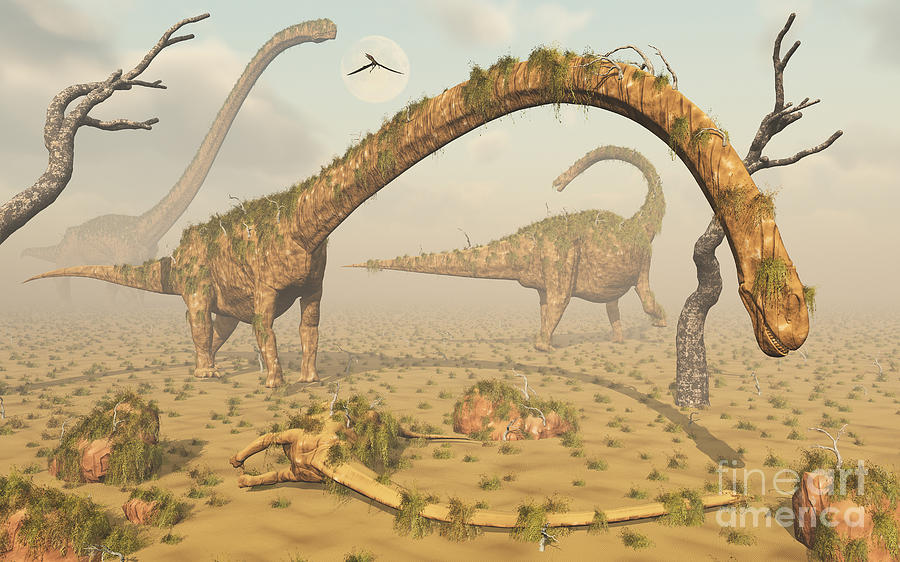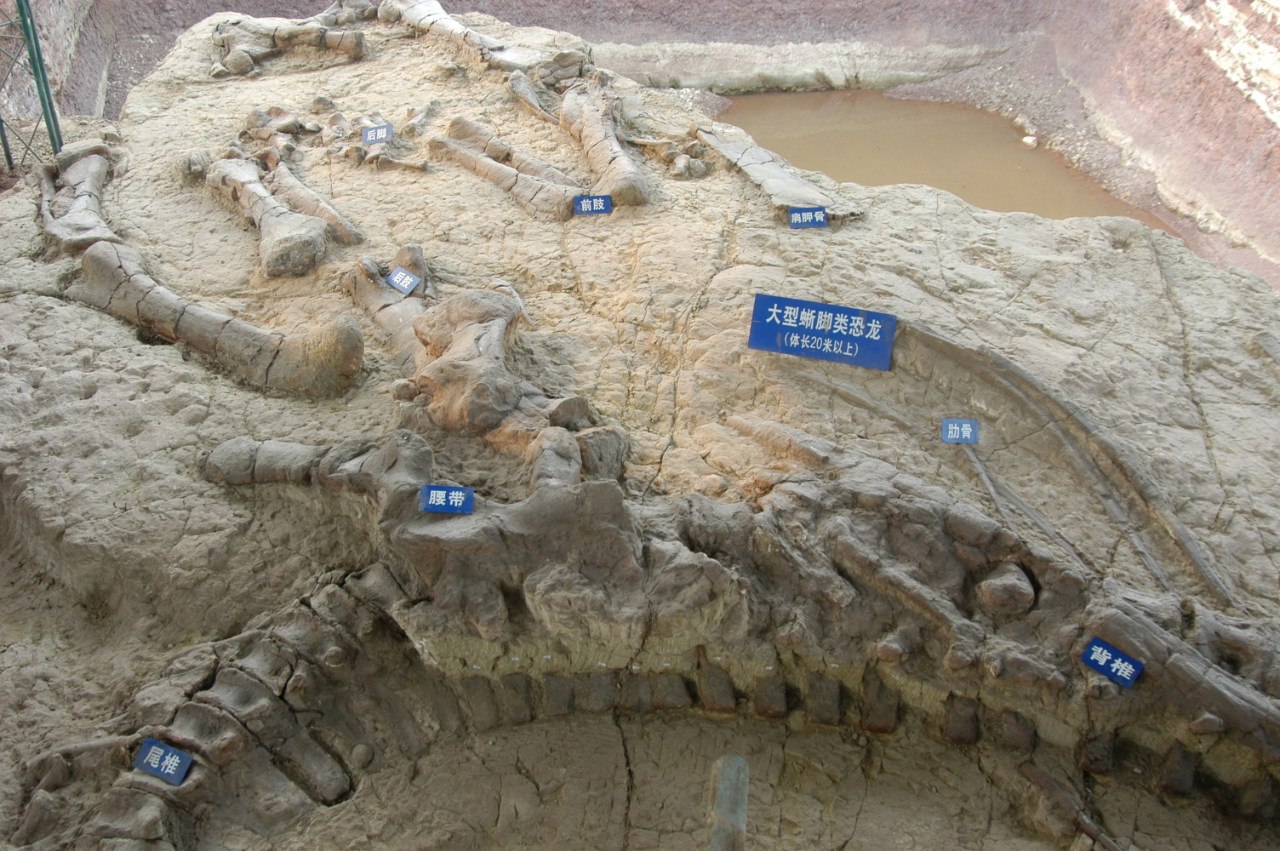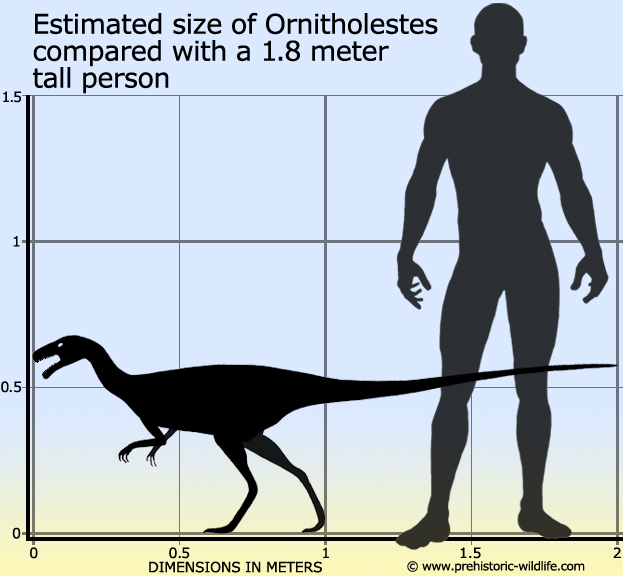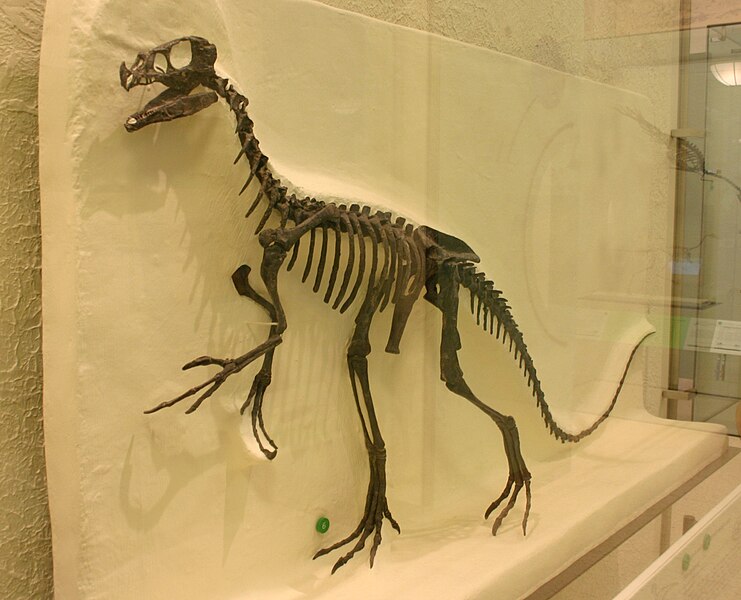[Recent Entries][Archive][Friends][User Info]
November 9th, 2012
| November 9th, 2012 | |
|---|---|
| 05:55 pm [industrialterro] [Link] |
Omeisaurus Omeisaurus (meaning "Omei lizard") is a genus of sauropod dinosaur from the Middle Jurassic Period (Bathonian-Callovian stage) of what is now China. Its name comes from Mount Emei, where it was discovered in the lower Shaximiao Formation of Sichuan Province. Like other sauropods, Omeisaurus was herbivorous and large. It measured 10 to 15.2 metres (30 to 50 ft) long and 4 metres (12 ft) high, and weighed 4 tons. Omeisaurus was first described in 1939. It was named after the sacred mountain Omeishan, which is where the first fossil example of Omeisaurus was found. Most skeletons of Omeisaurus were found in the 1970s and 1980s, during the great “Chinese dinosaur rush”. There have been six species of Omeisaurus named so far: O. junghsiensis, O. changshouensis, O. fuxiensis, O. tianfuensis, O. luoquanensis, and O. maoianus. All of these but the last were named after the locations where they were found. O. fuxiensis was the smallest species, measuring around 35 feet (11 m) long. O. tianfuensis had the longest neck of the genus, around 30 feet (9.1 m) long. The only dinosaur with a longer neck was Mamenchisaurus. A club tail fossil discovered in the same bone bed as the Omeisaurus fossils was thought to belong to this genus, but is now believed to belong to a large specimen of Shunosaurus. Mounted skeletons of Omeisaurus are on display at the Zigong Dinosaur Museum in Zigong, Sichuan Province and at Beipei Museum, near Chongqing, both in China. It was once classified as a member of the Cetiosauridae family, which had long been a wastebasket taxon. The species O. fuxiensis is sometimes confused with Zigongosaurus, but the two are based on different material despite having the same species name. Omeisaurus is presently counted as a member of the Omeisauridae, Mamenchisauridae, or Euhelopodidae. The general linkage of the genus with Mamenchisaurus et al. is the basic theme of including it in the omeisaurid or mamenchisaurid families. However, Omeisaurus is similar to many non-mamenchisaurid Chinese eusauropods classified as euhelopodids.
Репродукции (1, 2, 3, 4, 5, 6, 7, 8, 9, 10):
( Read More ) Ископаемые останки и реплики (1, 2, 3, 4, 5, 6, 7, 8):
( Read More ) Tags: Вымершие рептилии, Юра, авеметатарзалии, архозавроморфы, архозавры, диапсиды, динозавроморфы, динозавры, завроподоморфы, завроподы, маменчизавриды, ящеротазовые |
| Time | Event |
| 08:00 pm [industrialterro] [Link] |
Ornitholestes Орнитолестеc («Птичий разбойник») — вид тероподовых динозавров юрского периода. Небольшой двуногий хищник с длинными ногами. Вид описал в 1903 году Генри Файрфилдом Осборном. В 1900 году части скелета орнитолестеса были обнаружены в карьере Комо Блаф (США). Орнитолестесы жили в долинах и дельтах рек в центральной части Северной Америки, около 154 миллионов лет назад. Типовой вид — O. hermanni. Название «птичий разбойник» дано ошибочно: как только был найден его скелет, учёные решили, что орнитолестес бегал и ловил летящих птиц. На самом деле в конце юрского периода на территории Северной Америки птиц ещё не было. Длина орнитолестеса 2 м. Голова пропорционально меньше, чем у многих других хищных динозавров, но она крепко сложена. Орбиты довольно крупные. Передние зубы несколько конические, а задние более пильчатые. В верхней челюсти 10 зубов, а в нижней — 12. У самцов, возможно, был носовой гребешок, использовавшийся, видимо, в брачных ритуалах. Шея сравнительно короткая и S-образная. Хвост длинный и хлыстообразный, составляет более половины всей длины. Строение скелета напоминает таковое у современных птиц. На передних лапах один из трёх пальцев был противопоставлен двум другим, что позволяло орнитолестесу хватать и удерживать добычу: мелких ящериц или млекопитающих. Ornitholestes (meaning "bird robber") is a small theropod dinosaur of the late Jurassic (Brushy Basin Member of the Morrison Formation, middle Kimmeridgian age, about 154 million years ago) of Western Laurasia (the area that was to become North America). To date, Ornitholestes is known only from a single partial skeleton with a badly crushed skull found at the Bone Cabin Quarry near Medicine Bow, Wyoming, in 1900. It was described by Henry Fairfield Osborn in 1903. An incomplete hand was later attributed to Ornitholestes, although it now appears to belong to Tanycolagreus. The type (and only known) species is O. hermanni. The specific name honors the American Museum of Natural History preparator Adam Hermann. ( Read More ) Репродукции (1, 2, 3, 4, 5, 6, 7, 8, 9):
( Read More ) Размеры тела в сравнении с человеком:
Ископаемые останки и реплики (1, 2, 3, 4):
Tags: Вымершие рептилии, Юра, авеметатарзалии, архозавроморфы, архозавры, диапсиды, динозавроморфы, динозавры, манирапторы, тероподы, целурозавры, ящеротазовые |
| Previous Day | 2012/11/09 [Archive] |
Next Day |

















